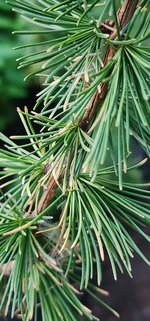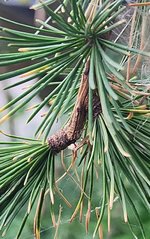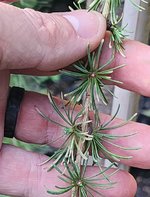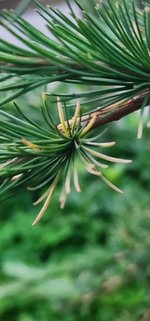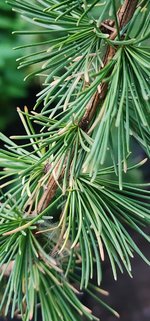sharktolion
Seed
- Messages
- 4
- Reaction score
- 0
Over the past week I have noticed the tips of the needs on my European Larch have started to yellow and fall off. It gets full sun and is watered as suggested. It has been thriving and growing well until very recently. This yellowing is throughout 90% of the tree. I don't see any evidence of casebearer. Could it be blight or needle cast? How can I save it? Location is Detroit Michigan. PLEASE HELP! TYIA

